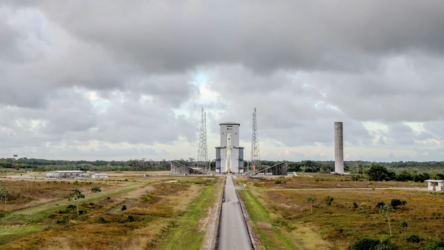

Pathfinder activity European very heavy reusable rocket
Thank you for liking
You have already liked this page, you can only like it once!
Artist’s impression of potential very heavy-lift reusable rocket for Europe, capable of carrying 60 tonnes of payload into space – the plans for which are now being developed as part of ESA’s Pathfinder Activity
ESA is charting the future of space transportation with the Pathfinder activity, an initiative to assess in detail how the business plan for the development of a very-heavy reusable launcher capable of delivering up to 60 tonnes of payload into low Earth orbit can be made sustainable in Europe. This bold step would ensure Europe’s autonomy, competitiveness and leadership in a rapidly evolving global space sector.
ESA’s Ariane 6 and Vega-C rockets are poised to maintain Europe’s access to space as reliable workhorses for governments, academia and industry over the next years. However, as space exploration evolves beyond low Earth orbit (LEO) for both human and robotic missions, ESA is investigating steps to adapt. Important for this vision is the ‘Pathfinder Activity for a European Very-Heavy Reusable Launch System’ – an initiative to develop a credible and affordable business plan for a European very heavy reusable launcher capable of delivering up to 60 tonnes of payload into LEO.
ESA has looked into super-heavy lift vehicles before, up to the recent Protein study, but further detailed analysis is considered necessary, with the objective to identify the steps required for a sustainable business case of a potential future industrial development in Europe.
-
CREDIT
ESA - D. Ducros -
LICENCE
ESA Standard Licence

Pathfinder activity European very heavy reusable rocket

Themis

Fit for service: Themis reusable rocket stage demonstrator

Themis

